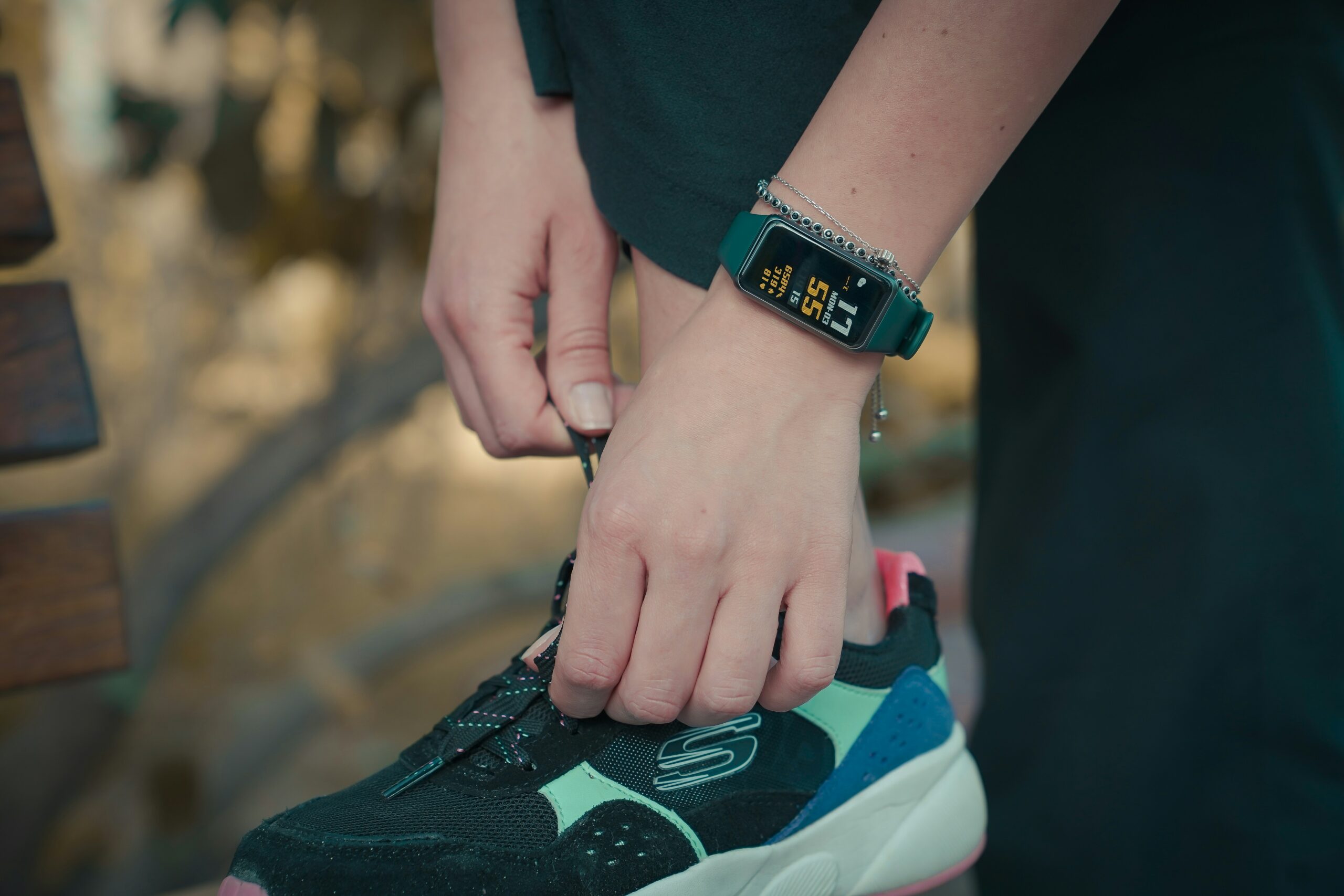About Clinical UX
Clinical UX defines the experiences clinicians and patients have with healthcare technology and services.
What Is Clinical UX?
“UX, defines the experiences people have with anything designed.”
Most of the time UX is associated with the design of websites and apps. But anything designed can include any form of object, product, process or service designed and made by humans. These things can be further refined to just products or services, and include, for example:
- A coffee table
- The interface of a microwave
- Going through border control at an airport
- Customer service provided by your utility supplier.
How well these products and services are designed will directly impact people’s experience when using them.
Good UX is demonstrated by a product or service’s ability to be to solve a problem, that is both accessible and satisfying to the people who use them.
Healthcare UX defines the experiences people have with healthcare technology and services.
Healthcare technology and services are a broad category. They can be utilised by virtually anybody and for one of many reasons. Such technologies and services could come from the private or public sector, for commercial or mandatory use. Some examples include:
- A poster encouraging to eat five fruits or vegetables a day
- A fitness app to encourage weight loss
- A vaccination program to protect citizens from Covid-19
- Private healthcare insurance
Good healthcare UX is similar to good UX in general, where there should be a real problem being solved in an accessible and satisfying way. However, healthcare technology and services have additional needs beyond best practice UX work. There is also a need for knowledge and experience of healthcare, behaviour change theory, medical law and ethics. However, such knowledge and experiences are not always mandatory or required in healthcare UX. This is because not all healthcare technology and services directly diagnose, treat or manage disease.
This is where Clinical UX comes in.
Clinical UX defines the experiences clinicians and patients have with healthcare technology and services.
A term coined by CUXA Founder Dr Gyles Morrison, Clinical UX focuses on the clinician workflows and patients outcomes. This primarily involves healthcare technology and services which directly diagnose, treat or manage disease. Some examples include:
- An insulin infusion pump
- A digital therapeutic used to manage a chronic illness
- Electronic Health Records which can be accessed by patients
- Proving medical care to elderly patients in their place of residence, also known as caring in place.
Want To Learn More About Clinical UX?
We provide various services, events, and resources to support individuals, teams and organisations to serve their clinician and patient users better. This includes the CUX Pulse Check, a self-assessment for Clinical UX maturity.




